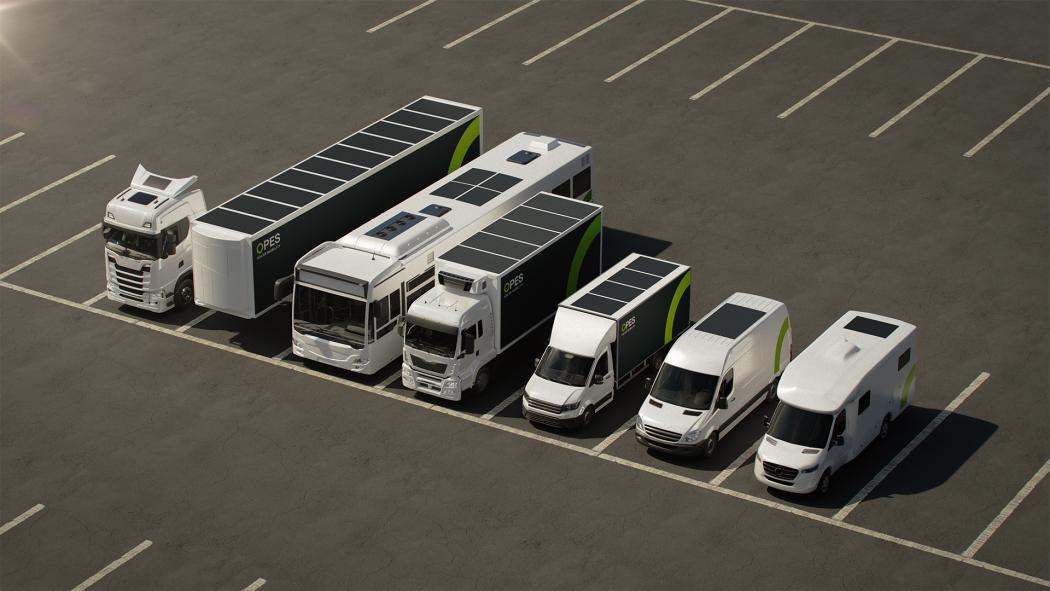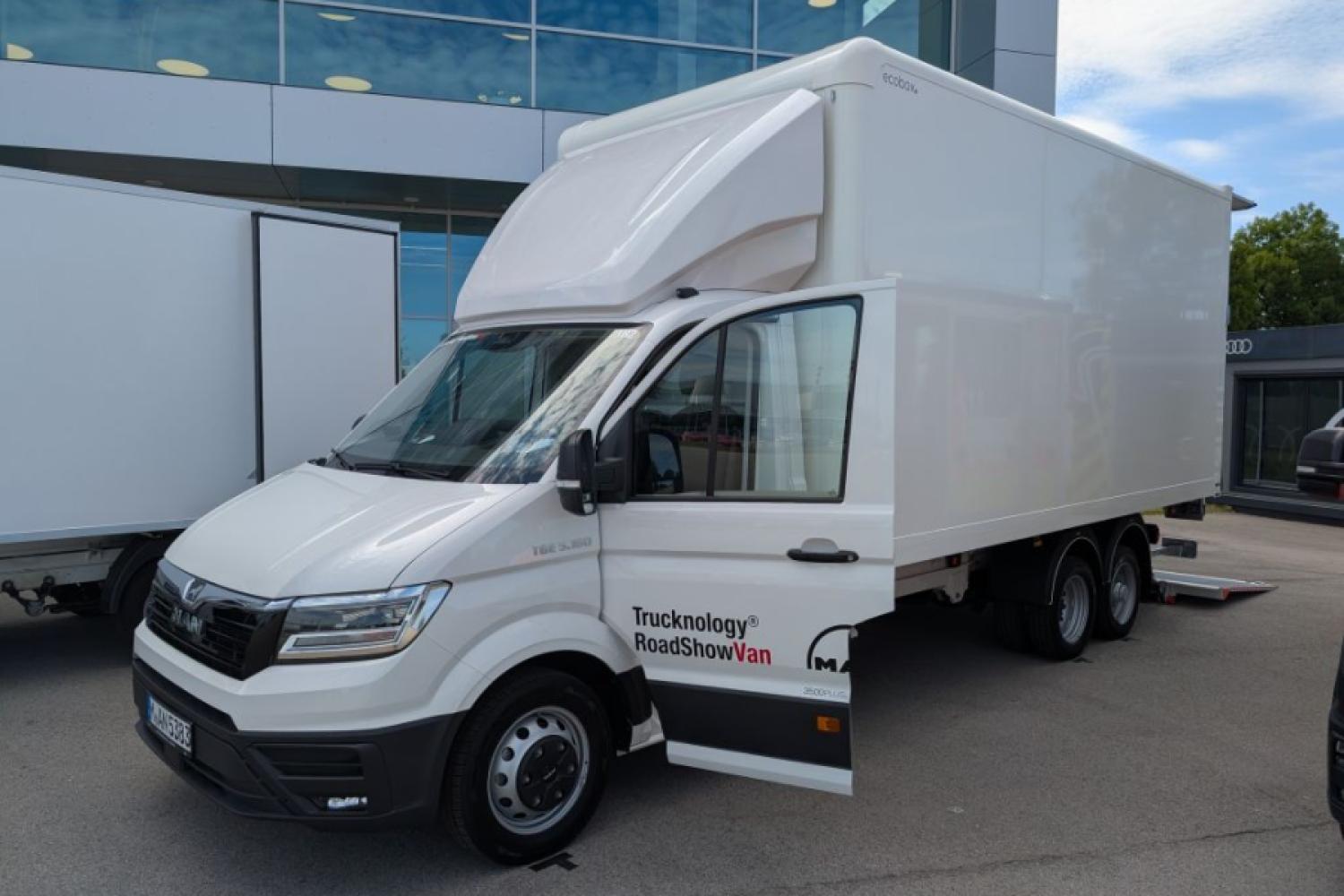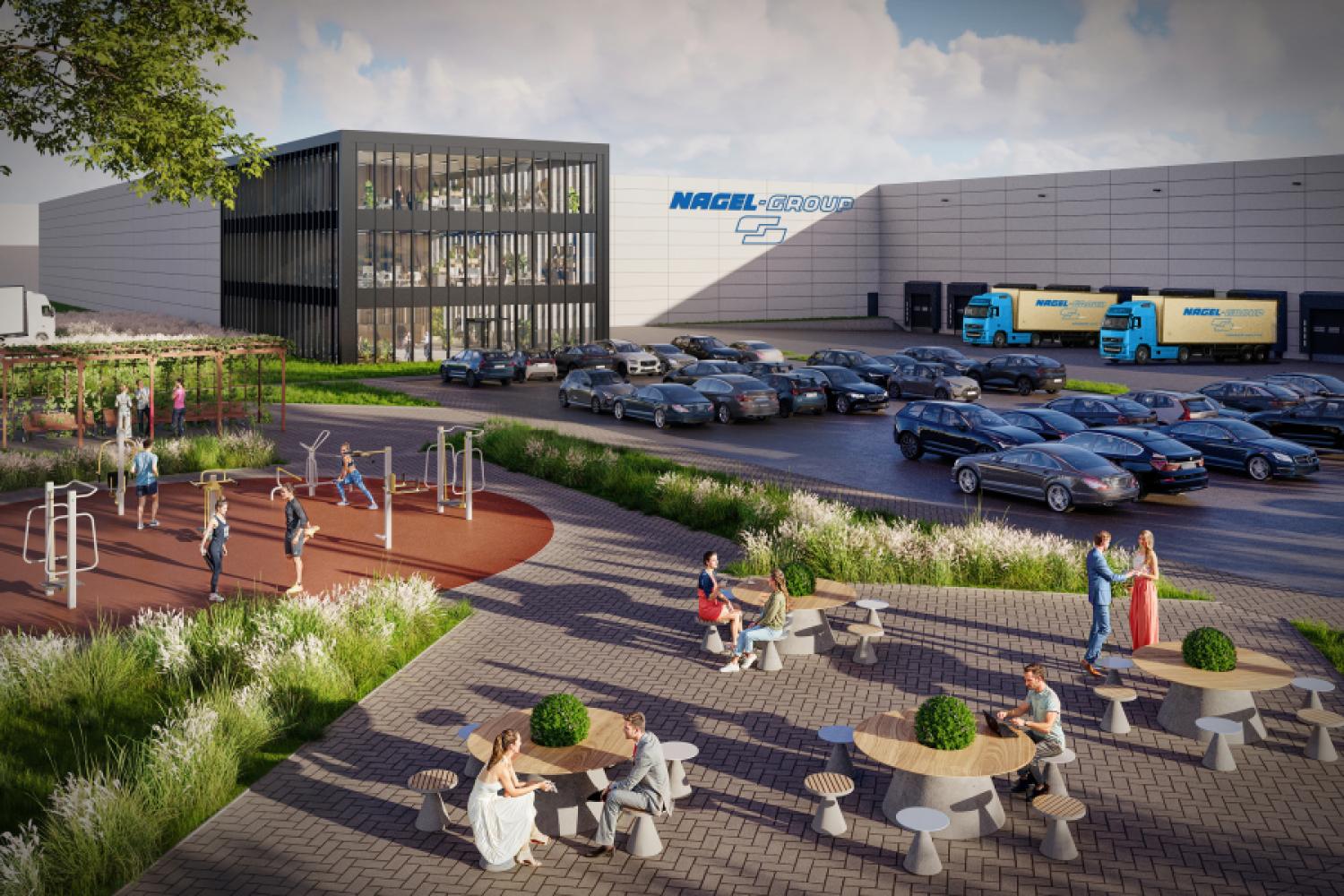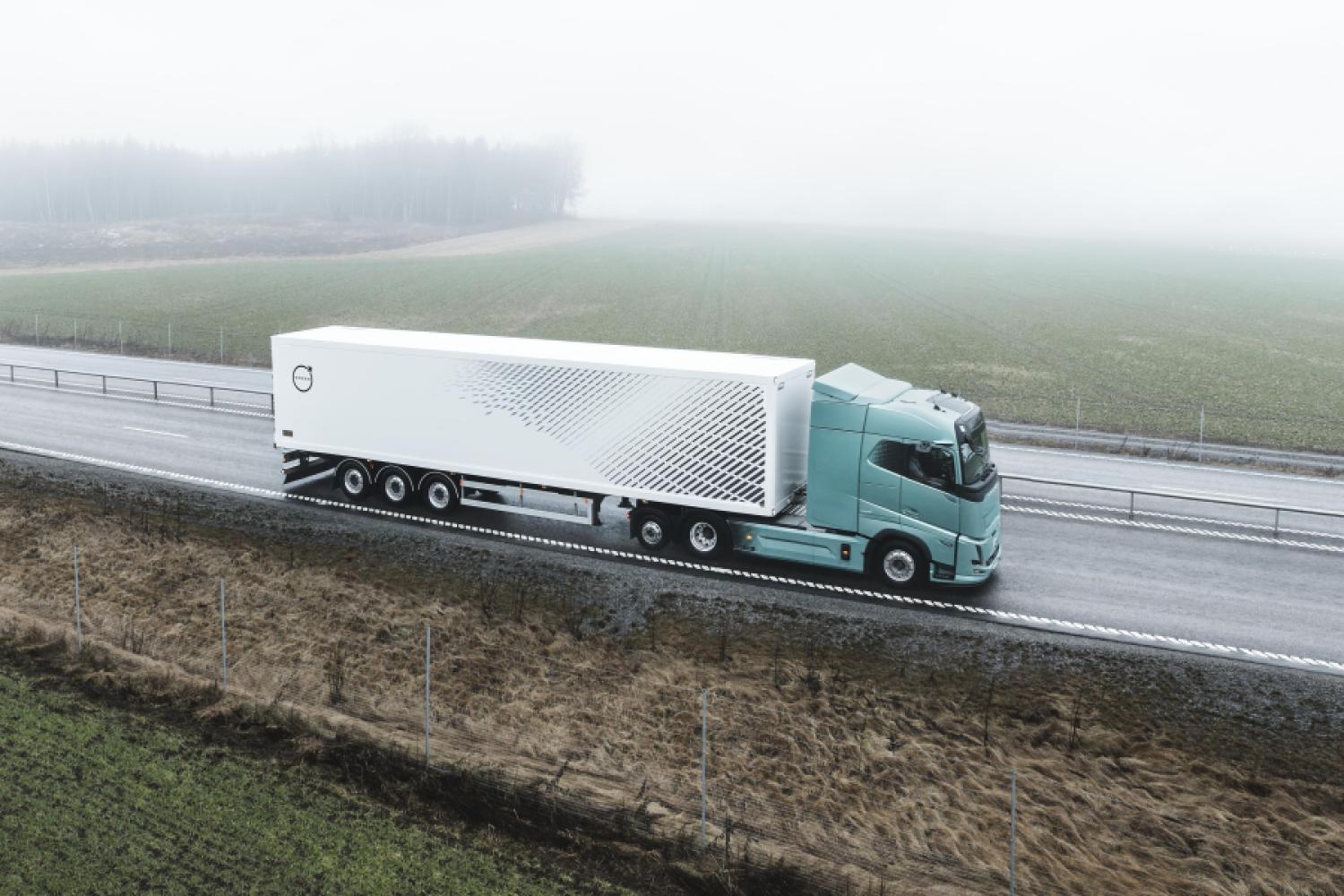Opes Solar Mobility announces a new generation of flexible solar modules for commercial vehicles at the Smarter E 2025 trade fair. According to the company, the O.Motion modules will be produced from this autumn at the company's new plant in Zwenkau. According to the description, they are characterized by high solar performance and durability, making them particularly suitable for use in vehicle construction, says the manufacturer.
The product line utilizes the so-called "Matrix" architecture, a special cell structure that achieves higher yields under changing conditions – such as partial shading – than conventional solar modules. Among others, two Fraunhofer Institutes
and various vehicle manufacturers were involved in the development.
Initially, the solar modules are mainly to be used on diesel trucks that have large roof areas. So far, electrical consumers such as cooling units, lift floors, air conditioners, and refrigerators in vehicles are powered by the diesel engine or the alternator. Now solar power from photovoltaics is to be used to power these consumers, reducing fuel consumption and CO2 emissions.
"Photovoltaics on commercial vehicles make economic sense," says Robert Händel, CEO of Opes Solar Mobility, with conviction. "Even smaller transporters of the two-ton class, equipped with 800 watts of solar
power, save up to nine percent of fuel in practice. We estimate the market volume in the EU to be over 20 gigawatts of solar power per year."
A conventional truck trailer can generate a power of five kW, according to the information, which is about the size of a solar system on a single-family house. In addition, the use of solar power contributes to the extension of vehicle battery life and prevents deep discharge.
The solar modules are optimized for the specific challenges of mobile use. Vibrations, shocks, and increased dirt pose high demands on the modules. In addition,
the modules are frequently subjected to changing shading. The O.Motion series is said to solve all these challenges through the Matrix architecture, which reduces resistance losses and maximizes the active cell area per square meter. An increase in yields of up to 30 percent compared to conventional flexible modules should be possible.
Another technical advancement is the use of a highly conductive special adhesive for the electrical connection of the cells. These adhesive connections are particularly durable, which is important for use under the demanding conditions on vehicles. Thus, the O.Motion modules set new standards for flexible solar modules in






